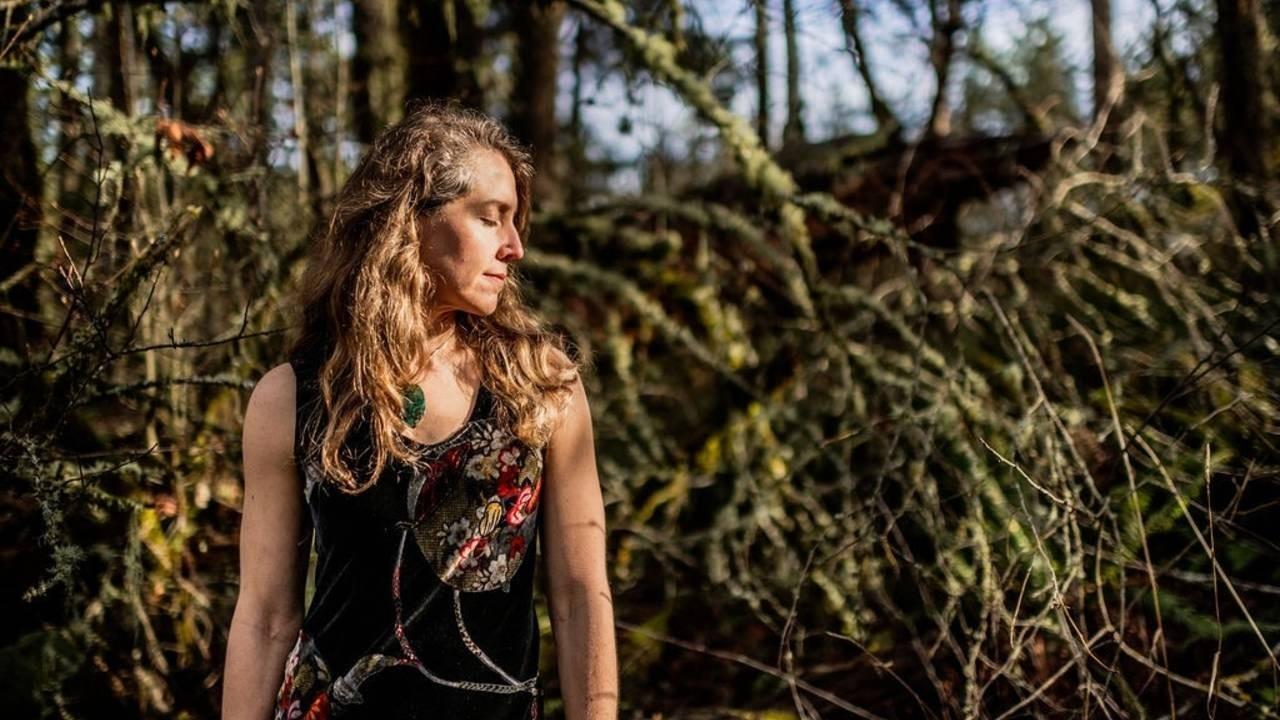5 Life-Stirring Books to Connect You With the Wild World
Feb 28, 2020
A soft longing is emerging, like a creature in hibernation, from our hearts.
We are hungry to return ourselves to the living world, to feel ourselves belonging to and in allegiance with its inherent harmony. A slow, long wail is resonating from our chests, as we are feeling into our loneliness as a species, our soulless ways of living, and the loss and damage of all that has already been done.
Breaking out of the numbness, grief, and quiet resignation that can take hold, we start to look around and wonder what more can be done. We might ask what we can do on a small, everyday basis to create a more regenerative culture?
It is hard to know where to start if we have grown up within a system that has no stories, no dreams, no rituals, no daily practices that directly connect us with the living world. Still, we sense that something needs to shift, that an arising of the ecological self wants to come forward.
Gratefully, there are many humans on this planet who are speaking up and taking action. Their writings and teachings leave footprints for us to walk in. The success of books such as Braiding Sweetgrass by Robin Wall Kimmerer, The Hidden Life of Trees by Peter Wohlleben, and The Spell of the Sensuous by David Abram speak to our craving to understand more about the mysteries of the “more-than-human world.” And, of course, indigenous cultures around the world have been teaching, living, and practicing within a sense of respect for this interbeingness since the beginning of time.
Here are five stirring books (that you may not already know) to get you thinking differently about your place on this earth.
For the mirror is being held higher now—our difficulty in caring for ourselves is directly reflected in our inability to care for our planet home.
Reclaiming the Wild Soul: How Earth’s Landscapes Restore Us to Wholeness by Mary Reynolds Thompson
Mapping a journey through five archetypal landscapes—deserts, forests, oceans/rivers, mountains, and grasslands—Reynolds Thompson’s writing explores the meeting place between our wild selves and the wild earth. In the depths of these “soulscapes,” we find the convergence of both our outer and inner natures where an ancient earth-consciousness resides.
Reynolds Thompson presents us with the questions, “What if the process of rewilding the earth began with rewilding ourselves? What if healing the world really does start from within?”
Through this model, we move from an egocentric worldview to more of an ecocentric wisdom based on wholeness, belonging, and feeling into our instinctual selves.
With gentle writings and a poetic finesse, Reynolds Thompson carries her readers into the heart center of each of these landscapes, brightening our senses and making us come alive in the process. I love the voice she gives to each landscape: the desert schools us in silence and simplicity, the forest is a land that reveals our mystery, the waters of the world are life-giving and teach us flow, the mountains embolden and inspire us, while the grasslands show us their regenerative spirit. Diving into the marrow of each of these inner/outer places, we find a primal terrain that is rich in wisdom and healing.


